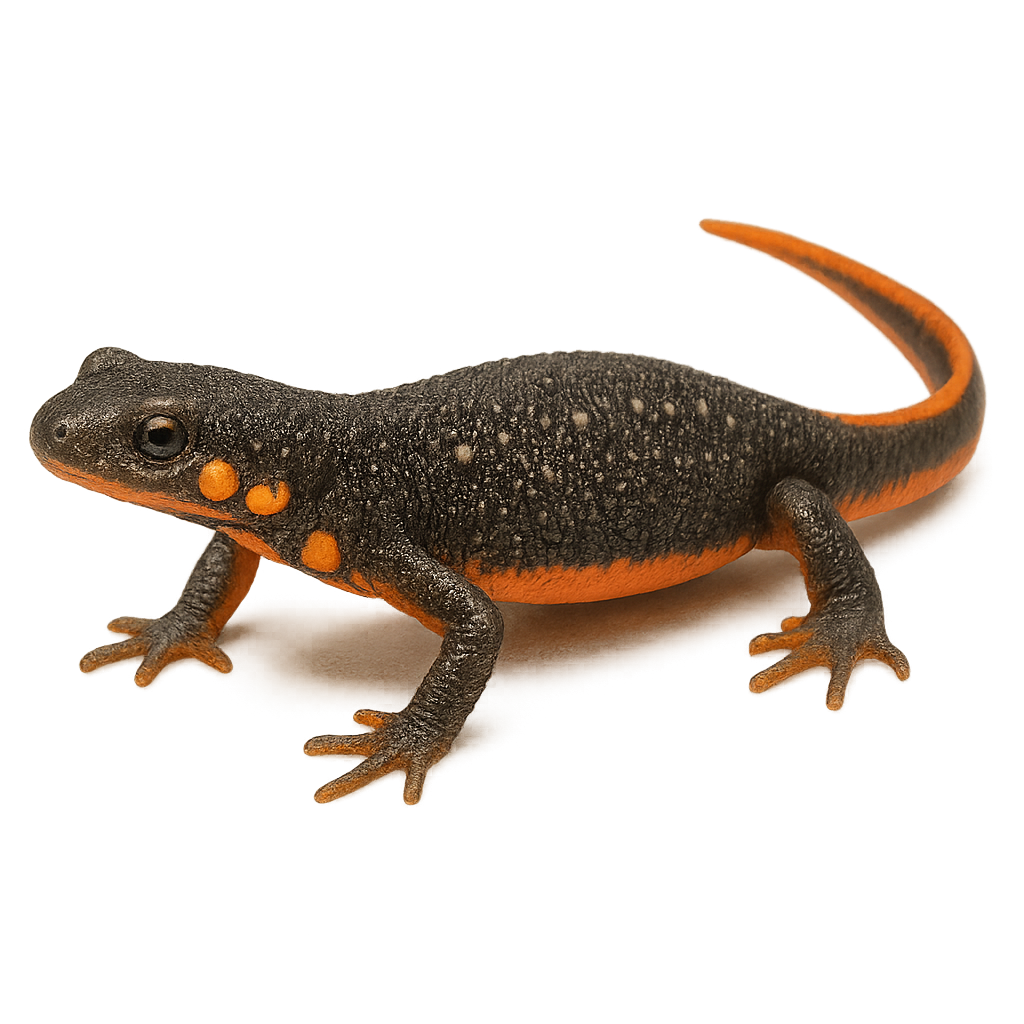Your wildlife photography guide.
Explore the japanese fire-bellied newt in detail, study its behavior, prepare your shots.
Where to observe and photograph the japanese fire-bellied newt in the wild
Learn where and when to spot the japanese fire-bellied newt in the wild, how to identify the species based on distinctive features, and what natural environments it inhabits. The WildlifePhotographer app offers tailored photography tips that reflect the japanese fire-bellied newt’s behavior, helping you capture better wildlife images. Explore the full species profile for key information including description, habitat, active periods, and approach techniques.
Japanese fire‐bellied newt
Scientific name: Cynops pyrrhogaster

IUCN Status: Near Threatened
Family: SALAMANDRIDAE
Group: Amphibians
Sensitivity to human approach: Suspicious
Minimum approach distance: 1 m
Reproduction period: January to December
Incubation: 20 jours
Births: January to December
Habitat:
calm freshwater habitats, ponds, forest streams and wetlands
Activity period :
Primarily active during the day, with peak activity in the morning and late afternoon.
Identification and description:
The Japanese fire‐bellied newt is a medium‐sized aquatic salamander (10–12 cm body length), with a dark dorsum and bright red belly marked with black spots. Endemic to Japan, it inhabits ponds, forest pools and slow‐flowing streams, feeding on invertebrates, worms and small crustaceans. Gregarious and secretive, it performs tail‐fanning courtship displays and aggregates in sheltered bays during breeding.
Recommended lens:
Macro – adjust based on distance, desired framing (portrait or habitat), and approach conditions.
Photography tips:
Position yourself close to ground near the water’s edge using a macro lens (≥100 mm) mounted on a tripod or monopod to minimize shake. Set aperture to f/11 for maximum depth of field and shutter speed to at least 1/500 s to freeze quick movements. Use an off-camera flash or diffused LED light to illuminate without glare, and shoot during twilight hours to capture natural newt behavior. Shoot in RAW to adjust exposure and color in post-production.
The WildlifePhotographer App is coming soon!
Be the first to explore the best nature spots, track rutting seasons, log your observations, and observe more wildlife.
Already 1 432 wildlife lovers subscribed worldwide

